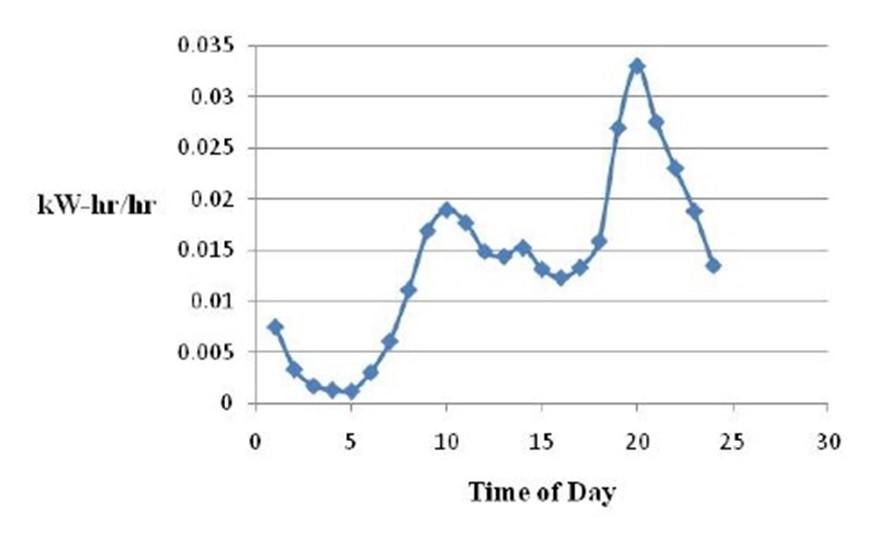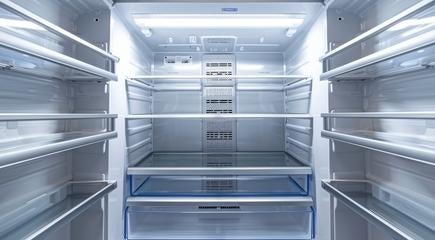Flex Demand Appliances Move California Toward Net Zero

The California Energy Commission (CEC) is developing flexible (flex) demand standards for consumer appliances. The standards are scheduled to take effect in the third quarter of 2023. Flex demand is the fourth prong in the CEC’s strategy to reach net zero greenhouse gas (GHG) emissions and will complement existing energy efficiency, renewable energy and energy storage programs.
Energy efficiency standards were the first effort to reduce GHGs. Next came renewable energy with a 2030 target of 60% renewable generation. The most rapid growth is in solar energy which peaks in the middle of the day, not the time that most appliances are being used (Figure 1). Storage is designed to move solar energy availability to later in the day when electricity demand peaks. But that’s not enough to reach net zero. Flex demand will move the load curve to the left and enable the use of solar energy as it’s generated.
Flex demand will support scheduling and curtailed use during peak demand. SB 49 requires manufacturers to include demand response capabilities in certified appliances and default settings that maximize emissions reductions. Flex demand appliances are expected to be the least-cost approach for minimizing the use of fossil fuels and streamlining the grid. The regulations will be designed to provide ratepayers with lower costs to reflect the lower costs experienced by utilities.

When developing flex appliance standards, the CEC must use a framework consisting of:
- Technical feasibility
- Cost-effectiveness
- Consumer consent and ease of use
- Cybersecurity and reliability
To be considered technically feasible, the standards must shift a significant amount of electricity load, reducing GHGs on a statewide basis. The load shapes of specific appliance types will be a key factor. Appliances with greater use during periods of higher grid GHG emissions will be considered more technically feasible. Other factors will include appliance energy consumption and the statewide numbers and replacement rates of each appliance type.
SB 49 requires that flex demand appliances be cost-effective for consumers and sets new ways to measure cost-effectiveness. The bill requires inclusion of the value of the decreased GHG emissions associated with the timing of appliance use and the life-cycle costs to consumers when comparing the costs of appliances with and without flex demand capabilities. The cost comparison is also expected to include the value of avoided electricity grid, infrastructure, and operating costs enabled by flex demand.
Consumer consent is mandated by SB 49 and will be based on user-friendly controls, simple setup and connection processes, including connections for direct third-party control. Load management and demand response technologies will be open-source and interoperable to maximize collaboration among manufacturers, utilities, ratepayers, and third-party aggregators.
Consumer control using apps or direct Internet connection for third-party operation of flex appliances opens up numerous threat vectors for cyber-attacks that could potentially bring down large parts of the grid. SB 49 requires the CEC to review cyber security standards from the National Institute of Standards and Technology’s reliability and cybersecurity protocols, and other cybersecurity protocols that provide at least the same level of protection.
Energy Efficiency is Bedrock
Flex demand appliances are coming to California. They will move the state toward net zero GHG emissions by supporting expanded renewable energy use with less reliance on storage. Flex demand is expected to lower the cost of integrating renewable energy sources into the grid with the savings passed along to ratepayers.
All standards aiming to reduce GHGs, including flex power, are built on the foundation of energy efficiency. Download the following reference designs for examples of high efficiency power systems power converters that can maximize the benefits of flex power:
- RDR-710 – 12 W dual-output open frame power supply for appliances using InnoSwitch3-TN
- DER-868 – 60 W power supply for DC motors in appliances using InnoSwitch3-CP featuring PowiGaN technology





